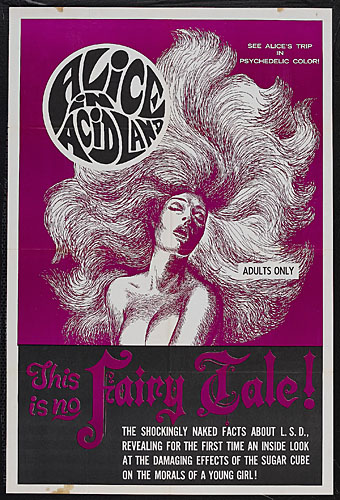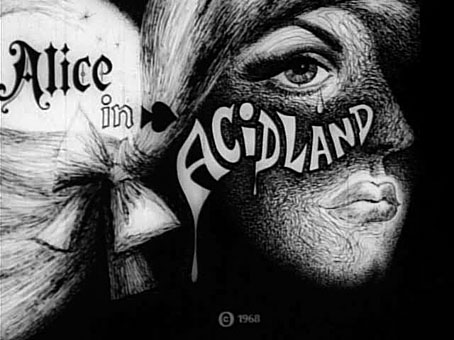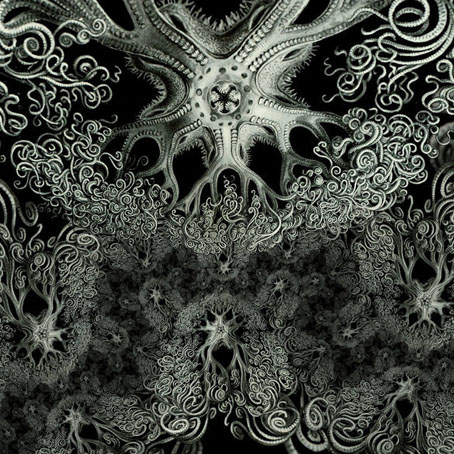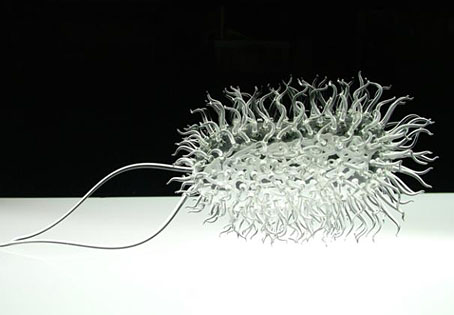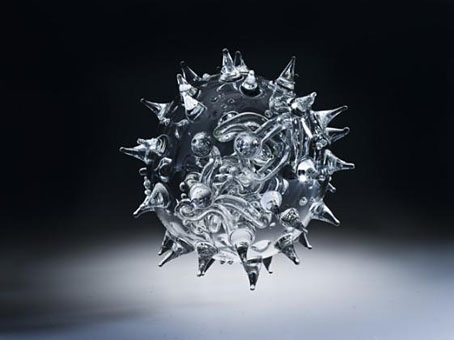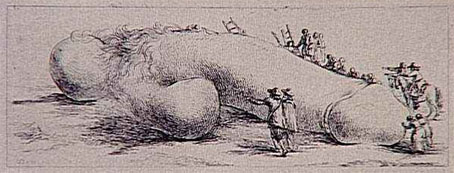No idea how this piece of exploitation from 1968 evaded my attention for so long but going by the IMDB reviews it’s probably safe to say that any obscurity is well-deserved:
this movie is very accurate, as every girl i have met that smokes weed instantly becomes a bisexual nymphomaniac. scientific studies have actual proved this many times over. the accuracy is phenomenal and i think i speak for every man out there when i say i leave my boxers on while having sex. the parties look like any other raging party in the 60’s where people sit together in a well lit room smoking weed and immediate have sex with everyone as soon as they walk in.
The director and writer were evidently embarrassed enough to use pseudonyms (Gertrude Steen…yeah, right) so the poster and title card (below) are probably as good as it gets unless tepid soft porn is something that really turns you on (baby).
Another fabulous Chateau Thombeau tip.
Alice has been in the news again this week with a new trailer turning up for Tim Burton’s forthcoming film and also this lengthy article in New Scientist which looks at the Alice books through an interpretative lens of algebra and geometry. While it’s nice to play with a fresh interpretation of the stories, essays like this are invariably subject to considerable strain as they attempt to wring hidden meanings from every quirk of the text.
The trouble with the Alice books is that their origin is almost as famous as the stories themselves, and it’s well-known that Dodgson wrote down Alice’s Adventures Under Ground as a present for Alice Liddell with no intention of seeing it published. Aside from the addition of extra scenes, the published book doesn’t radically differ from the handwritten original so you have to stretch your credulity to accept that Dodgson managed to improvise an entertaining story for a child whilst simultaneously authoring a critique of developments in contemporary mathematics. As usual in cases such as these it helps to refer to an earlier logician, William of Ockham, whose famous declaration that “Entities should not be multiplied unnecessarily” is given on this mathematician’s page as “when you have two competing theories that make exactly the same predictions, the simpler one is the better.”
Previously on { feuilleton }
• Return to Wonderland
• Dalí in Wonderland
• Virtual Alice
• Psychedelic Wonderland: the 2010 calendar
• Charles Robinson’s Alice’s Adventures in Wonderland
• Humpty Dumpty variations
• Alice in Wonderland by Jonathan Miller
• The Illustrators of Alice

